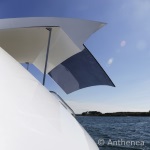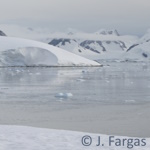Natural cosmetics from coal, clay and seaweed, or volcano lava

Etienne Soudant, biology research director, explains that minerals and trace elements are activating the vital functions of the skin, which fight against premature aging and allow to restore firmness and radiance, without the addition of artificial molecules.
Since the 14th century, Japanese people are using a vegetal coal to deodorize and purify water: the Bincho-Tan comes from a particularly hard variety of oak called Ubame. It has always been grown in the province of Wakayama, in managed forests, where only the upper part of the tree is used, to allow the growth of young trees and resource conservation.
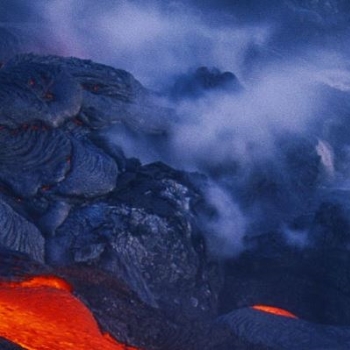
White, green or pink clay are usual ingredients in personal skin care: twelve different and complementary clays, from controlled mines located in Santa Catarina and Tijucas do Sul in Brazil, are used to allow the stability of the compound and its properties.
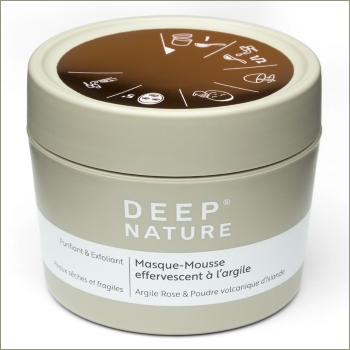
The laminaria are long seaweeds settled on rocks at depths up to 10m in the Iroise Sea, where frequent storms forced them to develop defence capacities, by producing the fucoidan, a substance that acts as a communication transmitter which activates cells metabolism, nourrishes, repairs and regenerates.
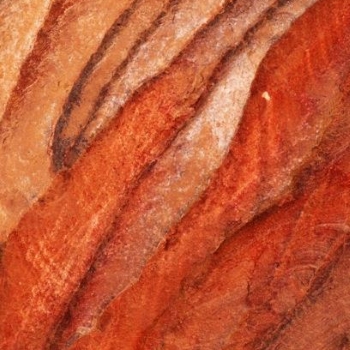
Two volcanic sands containing homogeneous particulates from Krysuvik in the Reykjanesskagi region, known for being the Iceland's most geologically active area, are the main ingredients of the exfoliating scrub, for an ultra-natural efficiency. Products are paraben, surfactant and silicon free. A special attention is given to energy saving, for each spa opened.
Photos © Deep Nature
Wednesday 9 January 2019, 10:59


